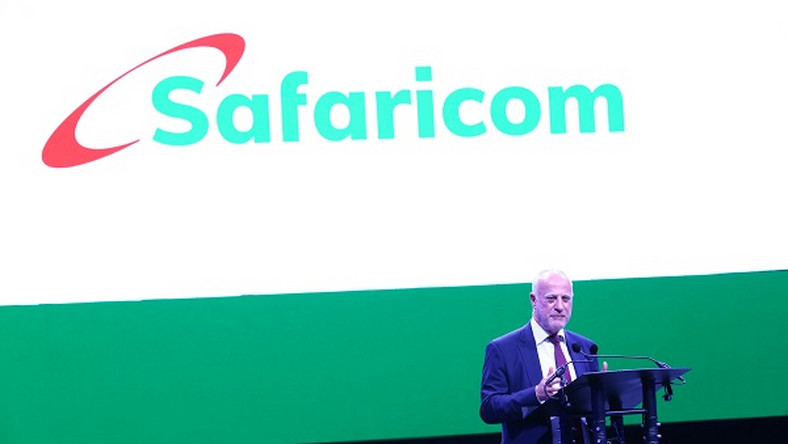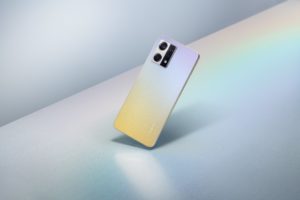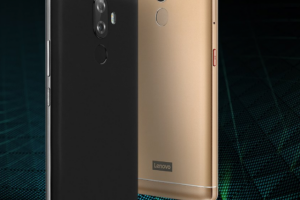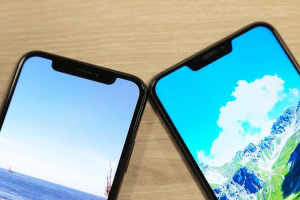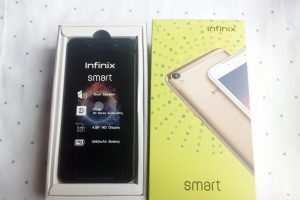Not many are privy to a little technology that has the potential of revolutionising how we connect our devices to our carriers. The Embedded SIM, or eSIM, sometimes e-SIM, is a way of connecting your device to a network without a traditional physical SIM Card.
We have already talked about eSIM on this platform and you can explore to learn more about this new advancement in mobile tech.
In Kenya, we recently saw Faiba4G, the country’s youngest and disruptive teleco introducing this to its users although we still don’t have the numbers for how this feature is going.
Now, the country’s biggest, and arguably, most innovative telecom company, Safaricom, is introducing support for eSIM. In a low-key announcement via the company’s Twitter account, it is now official, Safaricom supports eSIM.
Read More: Why eSIM (Embedded SIM) heralds a next generation of Connected Consumer Devices
On supported devices, Safaricom customers now don’t need to have a physical SIM card inserted into the device. Instead, users can visit a Safaricom Shop and simply scan a QR Code and get access to Safaricom network and services.
Similarly, users of supported devices can register to more than one carrier, or have multiple eSIMs on their devices, even if the said devices don’t have slots for those extra SIM cards.
This is some futuristic stuff right here and as expected, the list of supported devices is looking a little slim at the moment. The devices that can take advantage of Safaricom eSIM currently include:
- Apple iPhone XR, XS, XS Max, 11, 12, and the iPhone SE 2020.
- Samsung Galaxy S21, S20, Z Fold, and the Galaxy Note20.
However, and as is often the case with any new tech, we should see more and more devices supporting eSIM over the next few years and as 5G becomes the talk of the industry, we should see a similar push towards embedded SIM Cards, or at least we hope.
A few things to note
Some important things to note, some carriers in various regions around the world allow users to register for, and purchase eSIM online and set up their devices in the same way. Not Safaricom eSIM.
To get yourself one of these, Safaricom says that you will need to visit a Safaricom Shop for the set up process. This could also be in line with the government’s requirement that every SIM Card be registered using a valid Kenyan identification document and the same needs to be validated by a Safaricom staff.
Also, eSIM has other more important purposes in the whole IoT era we’re slowly but steadily going into. Smartwatches for instance. These gadgets are getting ever more capable and many do support eSIM connectivity. Safaricom hasn’t said anything about support for these devices so we shall be on the lookout for more on this. For now, only the above-mentioned devices are supported.
Read More: SIM card formats: Mini-SIM vs Micro-SIM vs Nano-SIM vs Embedded-SIM/eSIM
Pricing
Safaricom eSIM will cost you Ksh. 150 if you’re already a Safaricom subscriber and you’re looking to switch from your physical SIM to the new embedded one.
Hi Wysockie, if one is replacing their current Sim, it is chargeable at 150/=. For new lines, it is chargeable at 250/= at our retail shops. ^OS
— Safaricom PLC (@SafaricomPLC) June 8, 2021
If you’re looking to join Safaricom as a new subscriber, you will need to part with Ksh. 250 for an eSIM. These are pretty fair prices and are comparable to the current prices for new physical SIM cards or for SIM replacement services. Only catch as mentioned, is that you have to get this done at a Safaricom Shop.
Discover more from Dignited
Subscribe to get the latest posts sent to your email.


